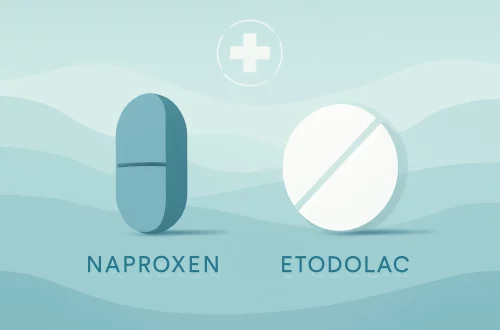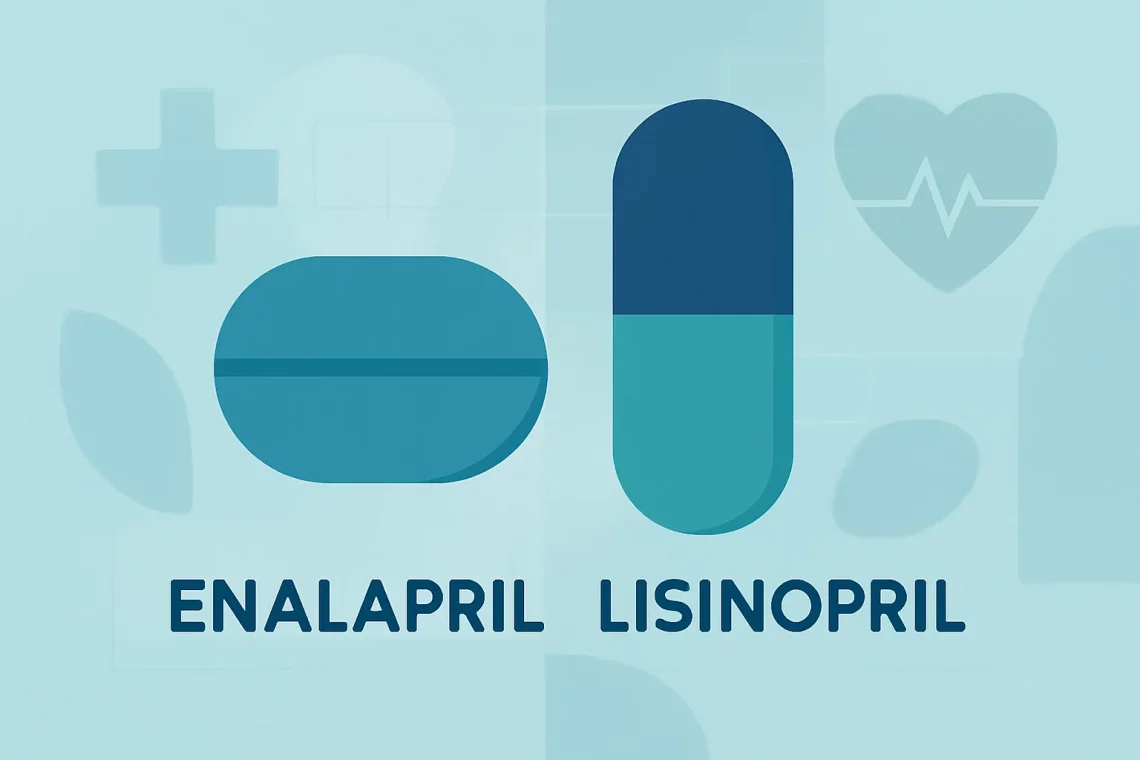-
Azithromycin vs Levaquin: Key Differences and Uses Explained
Azithromycin and Levaquin are two widely used antibiotics that play a significant role in treating bacterial infections. The medical community often relies on these medications for their effectiveness against various pathogens. However, their mechanisms of action, spectrum of activity, side effects, and indications differ substantially. Understanding these differences is crucial for both healthcare professionals and patients, as the choice of antibiotic can greatly influence treatment outcomes. Both Azithromycin and Levaquin have unique characteristics that make them suitable for specific conditions. Azithromycin, a macrolide antibiotic, is known for its broad spectrum of activity, particularly against respiratory tract infections and certain sexually transmitted infections. On the other hand, Levaquin, a fluoroquinolone, is…
-
Cephalexin vs Ceftin: Key Differences and Uses Explained
Cephalexin and Ceftin are two widely used antibiotics that belong to different classes and are prescribed for various bacterial infections. Both medications serve to combat infections caused by bacteria, but they differ in their chemical composition, spectrum of activity, and specific applications. Understanding these differences is essential for both healthcare professionals and patients, as it can influence treatment decisions and outcomes. Antibiotics have revolutionized the treatment of bacterial infections, making it crucial to choose the right one for specific conditions. While Cephalexin is a first-generation cephalosporin, Ceftin (also known as cefuroxime axetil) is a second-generation cephalosporin. This distinction not only affects their effectiveness against certain types of bacteria but also…
-
Sertraline or Escitalopram: Which Antidepressant is Right for You?
Depression and anxiety are prevalent mental health disorders that affect millions of people worldwide. While there are various treatment options available, including therapy and lifestyle changes, medications often play a crucial role in managing these conditions. Among the most commonly prescribed medications are selective serotonin reuptake inhibitors (SSRIs), which are primarily used to treat depression and anxiety disorders. Sertraline and escitalopram are two well-known SSRIs that are frequently discussed in the context of mental health treatment. Both sertraline and escitalopram work by increasing the levels of serotonin in the brain, a neurotransmitter that significantly influences mood, emotions, and overall mental well-being. However, despite their similarities, these two medications have distinct…
-
Sertraline vs Escitalopram: Which Antidepressant is Right for You?
Sertraline and escitalopram are two of the most commonly prescribed antidepressants in the world today. Both belong to a class of medications known as selective serotonin reuptake inhibitors (SSRIs), which are frequently used to treat various mental health conditions, including depression and anxiety disorders. While they share similar mechanisms of action, their chemical compositions, side effects, and uses can differ significantly, leading to important considerations for both patients and healthcare providers. Understanding the nuances between sertraline and escitalopram is crucial for making informed decisions about mental health treatment. Patients may experience varying effects and side effects depending on the medication they are prescribed, and what works for one individual might…
-
Olanzapine vs Risperidone: Comparing Efficacy and Side Effects
The choice between Olanzapine and Risperidone is a significant consideration in the field of psychiatry, especially when treating various mental health disorders. Both medications are atypical antipsychotics, primarily used to manage conditions such as schizophrenia, bipolar disorder, and other related mental health issues. Their mechanisms of action, side effect profiles, and overall efficacy can differ, leading to various outcomes for patients. As mental health awareness grows, so does the need for patients and their families to understand the options available for treatment. Each medication comes with its unique set of benefits and challenges, making it crucial for individuals to engage in informed discussions with healthcare providers. The nuances between Olanzapine…
-
Amoxicillin vs Ceftin: Key Differences and Uses Explained
Amoxicillin and Ceftin are two commonly prescribed antibiotics that belong to the beta-lactam class of medications. Both are used to treat a variety of bacterial infections, but they differ in their specific applications, mechanisms of action, and side effects. Understanding these differences is crucial for both patients and healthcare providers when it comes to selecting the most appropriate treatment for a specific infection. As antibiotic resistance becomes a growing concern in healthcare, choosing the right antibiotic can significantly impact treatment outcomes and the overall health of individuals. The development and use of antibiotics have transformed medicine, allowing healthcare professionals to effectively manage infections that, in the past, could have been…
-
Naproxen vs Ibuprofen: Which Pain Reliever is Right for You?
In the realm of pain relief and anti-inflammatory medications, two names often come to the forefront: Naproxen and Ibuprofen. These nonsteroidal anti-inflammatory drugs (NSAIDs) are widely used to alleviate pain, reduce inflammation, and lower fevers. While both medications share common characteristics, they differ significantly in their applications, effects, and potential side effects. Understanding the nuances of these medications is essential for making informed choices about pain management. Whether you’re dealing with chronic pain conditions, recovering from surgery, or simply need relief from headaches or muscle aches, knowing the differences between Naproxen and Ibuprofen can help you select the right option for your needs. As we delve into the specifics of…
-
Quviviq vs Ambien: Which Sleep Aid Is Right for You?
Sleep disorders have become increasingly common in today’s fast-paced world, with many individuals struggling to achieve a restful night’s sleep. As a result, various medications have been developed to help alleviate insomnia and other sleep-related issues. Among these, Quviviq and Ambien have gained attention for their efficacy in treating sleep disturbances. Both medications have unique properties, mechanisms of action, and side effects, making it crucial for patients and healthcare providers to understand their differences and similarities. Quviviq, a relatively new addition to the sleep medication market, targets specific receptors in the brain to promote sleepiness without the same level of dependence that can come with traditional sleep aids. On the…
-
Enalapril vs Lisinopril: Which Medication is Right for You?
Enalapril and lisinopril are two widely used medications in the treatment of hypertension and heart failure. Both belong to the class of medications known as ACE inhibitors, which play a crucial role in managing blood pressure by relaxing blood vessels. This leads to improved blood flow and reduced workload on the heart. Despite their similarities, enalapril and lisinopril possess distinct characteristics that may influence a healthcare provider’s choice of one over the other for a particular patient. The decision often hinges on various factors, including the patient’s overall health profile, other underlying conditions, and potential interactions with other medications. The way these drugs are metabolized and eliminated from the body…
-
Tramadol vs Oxycodone: A Comprehensive Comparison of Pain Relief Options
Tramadol and oxycodone are two commonly prescribed medications used for pain relief. Both belong to the opioid class of drugs, which are known for their effectiveness in managing moderate to severe pain. However, they have different chemical structures, mechanisms of action, and potential side effects, making them suitable for different patient populations and pain management strategies. Understanding these differences is crucial for patients, caregivers, and healthcare professionals when determining the most appropriate treatment options. In recent years, the conversation surrounding opioid use has intensified, with increased awareness of the risks associated with opioid dependency and abuse. This has led to the exploration of alternative pain management therapies as well as…






































